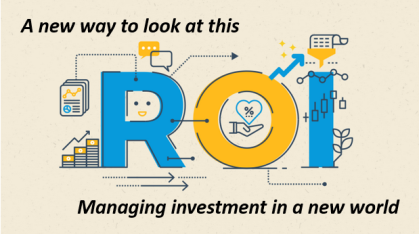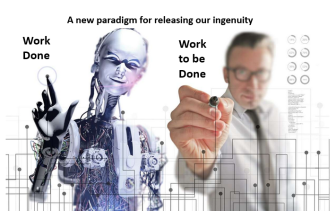 Social media haunts us all. For many years you first become aware, then very aware and then fully aware that social media is changing our lives.
Social media haunts us all. For many years you first become aware, then very aware and then fully aware that social media is changing our lives.
Let me confess: I am not alone I am sure but I seem to be presently suffering from Social Media Return Dilemma. There I’ve said it, it is out in the open, “I suffer from SMRD”.
To be honest I am struggling with social media in innovation, struggling to get my head around it for my business, for me for a long time. It often seems overwhelming, do you feel the same? I worried about this years ago and still do. What is the best social media to have as part of your communicating strategy, how much time do you network?
It starts with a realization
I can see daily the amazing power that social networking can provide, it is certainly eating into my day, more and more. Is this a good thing or bad? What suffers, what benefits? The time issue has to increasingly be managed, and I have yet to come up with a repeatable plan to manage social media consistently each day into my work. I get so much from viewing, commenting, relating and learning.
I don’t have a clear enough strategy for it or where to direct my social media energy, does anyone? It continues to evolve in front of our eyes, are you cresting the social media wave or swimming like crazy to get back up on the surfing board?
I am still learning, experimenting, exploring through a combination of writing blogs, contributing to others, updating my connections, tweeting sometimes like crazy, publishing, promoting or simply clicking on a retweet or offer a “like” back to the author or the one that has publicized something that interests me. Often I do wonder all this frenetic energy leads to what end. It does nag away at me?
Continue reading “So I keep asking myself “What is the role of social media in innovation?””
 We really do have this compelling need to have a new cycle of innovation design.
We really do have this compelling need to have a new cycle of innovation design. 







